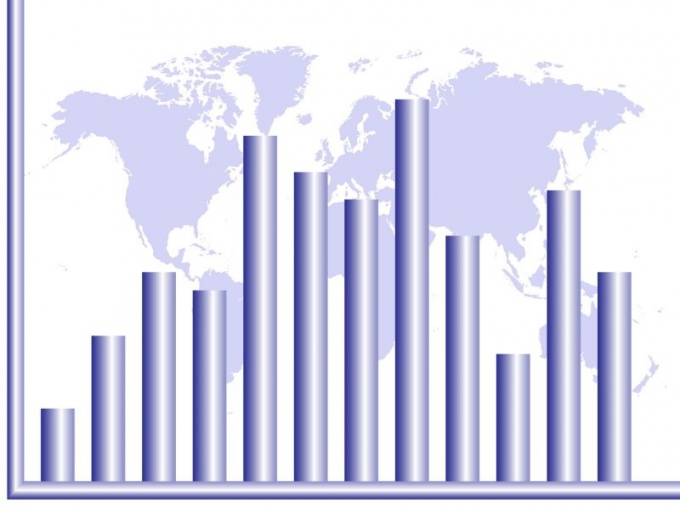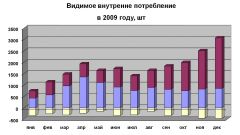Instruction
1
Note that all these indicators can be basic, when the level of one period compared with the level of the initial period, and the chain, when compared to the level of the two adjacent periods.
2
Baseline absolute change (absolute gain) you can calculate as the difference between the specific and the first levels of the series: Y(b) = Y(i ) – Y(1). It shows how the level of a particular period more or less of the base level. Chain absolute change is the difference between the specific and the previous level of the series: Y (n) = Y(i) Y(i-1). It shows how many units the level of the specific period is greater than or less than the previous. Remember that between the base and the chain absolute change in correlation: sum of absolute chain changes is equal to the last basic change.
3
When analyzing the dynamics of indicators you can calculate the base relative change (base growth rate). It represents the ratio of specific index to the first of the series: I(b) = Y(i)/Y(1). Chain relative change is the ratio of specific previous level: I(n) = Y(i)/Y(i-1). The relative change shows the level of the series more than the previous number or what part it is. The relative change can be expressed in percentage by multiplying ratio by 100 %. Between chain and basic relative changes there is a reciprocal relationship: product of a chain relative changes equal to the last basic.
4
In addition, when analyzing the dynamics of indicators you can calculate the rate of change (growth rate) levels. It is a relative measure that shows what percent of this figure more or less than another taken as a comparison base. It is determined by subtracting from the relative base or chain changes 100%: T(i) = I(I) – 100%.




